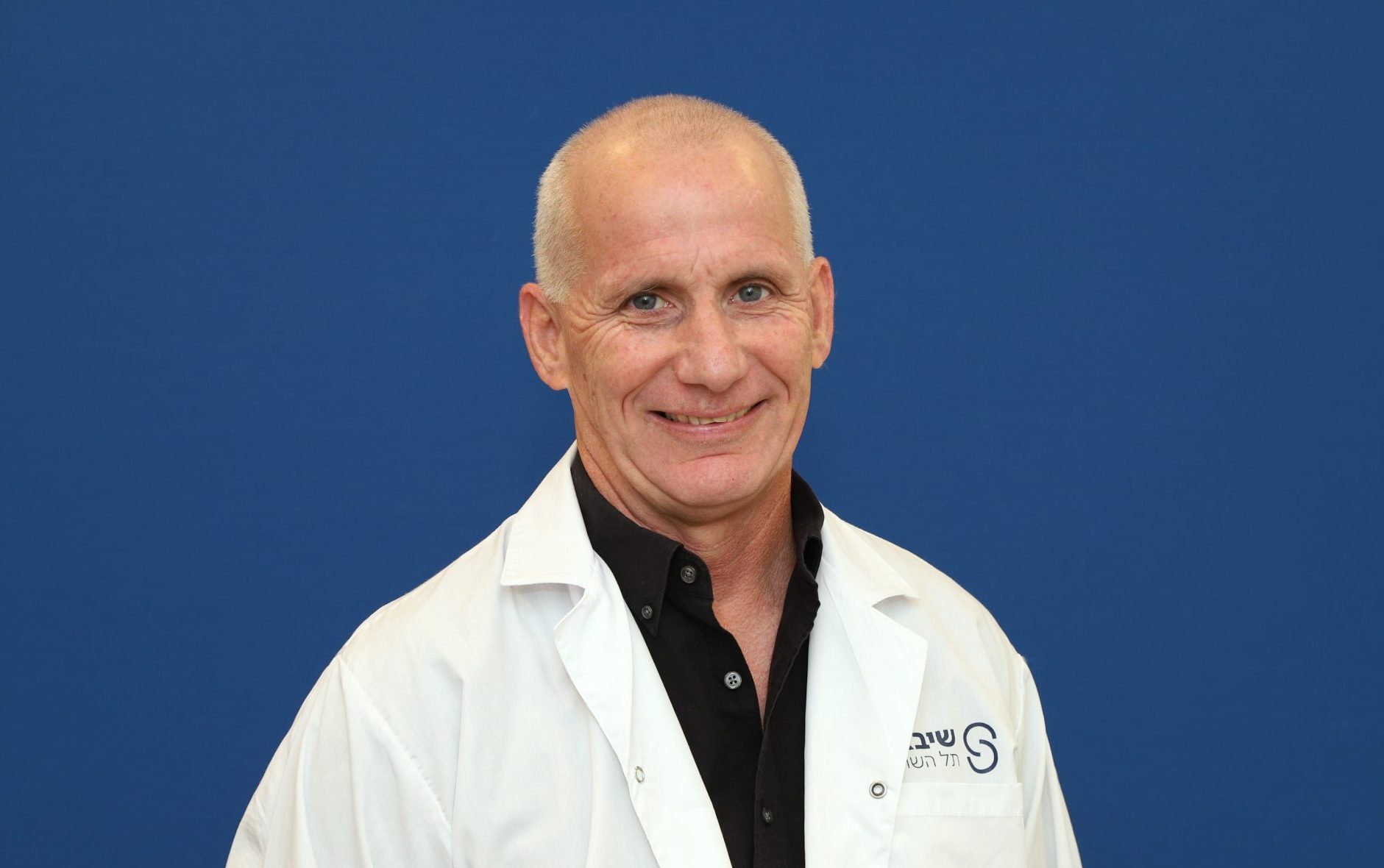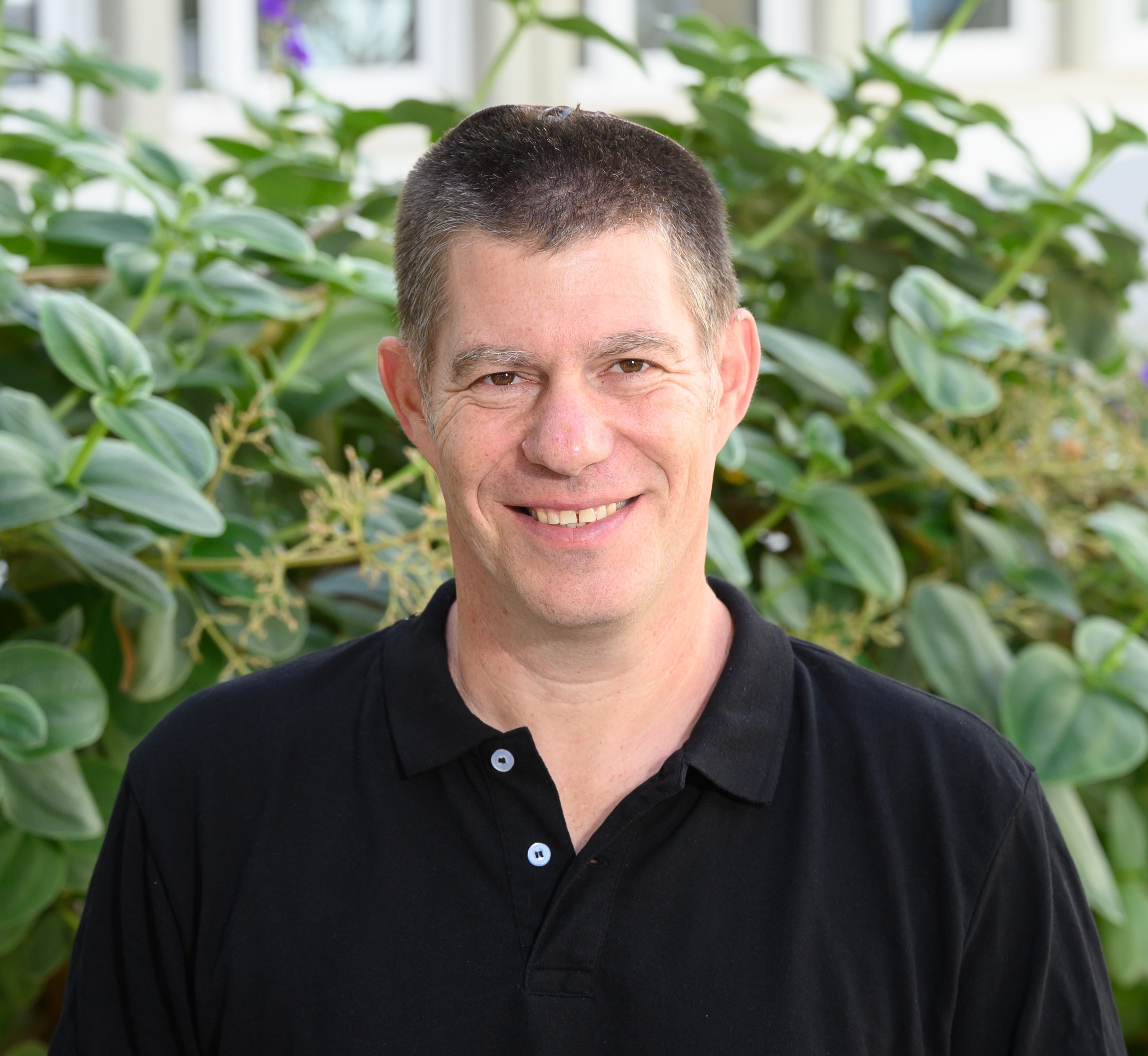An Israeli technology developed at the Weizmann Institute makes it possible to determine which drug treatment will be most beneficial for an individual cancer patient and which will not, thus significantly increasing the chances for successful therapy and reducing ineffective treatments and the unnecessary side effects of ineffective treatments. Curesponse’ groundbreaking technology makes it possible to take samples from cancerous tumors and examine the efficacy of various drugs on the patient’s tumor and offers oncologists a powerful tool to personalize the treatment of cancer patients.
In recent years, cancer treatment is progressing at a rapid pace with the approval of over 20 new cancer drugs per year by the FDA, each with its advantages and disadvantages. Doctors treating cancer patients are often faced with the dilemma of which drug or, often, drug combination to give to which patient to ensure the maximum chances of success while minimizing side effects. With advances in treatment options, the ability to tailor the drug to the patient remains a challenge. A development that has emerged from Prof. Ravid Straussman's laboratory at the Weizmann Institute of Science now makes it possible to determine with a high degree of certainty which specific drug or drug combination will benefit each cancer patient, and which will not, thus significantly increasing the chances of success of the treatments and saving patients from undergoing ineffective treatments and unnecessary side effects.

Curesponse’ technology, called the cResponseTM test, makes it possible to simultaneously examine oncological treatments which the patient’s oncologist is considering as potential candidates for treatment on a sample of the tumor itself and to receive within two to three weeks an answer whether the tumor shrunk (“responded” is the medical term) and is therefore expected to respond to any of the treatments or combinations of treatments tested, with a 90% accuracy. As part of the test, a sample of the tumor is taken by biopsy or after its removal by surgery, and then grown under unique and patent protected conditions in the laboratory to keep the cancerous tissue alive, so that the tumor's sensitivity to various drugs and treatments can be established. The test is intended for all types of solid cancerous tumors, such as breast, lung, pancreatic, bowel, brain, gastric, ovarian, sarcoma, and more.
"The test can save patients from toxic and ineffective treatments, enable the use of the most effective treatments, and potentially prolong the lives of cancer patients," says Prof. Raanan Berger, Director of the Oncology Division at Sheba Hospital at Tel Hashomer and Professor of Oncology at Tel Aviv University, who also serves as a consultant to Curesponse. Prof. Berger explains that until about 20 years ago, the therapeutic approach in oncology was that all patients receive more or less the same treatment. In the last two decades, with the growing understanding of disease mechanisms, treatments that act on specific mechanisms (aka, targeted therapies) have begun to appear, so a particular treatment can be adapted to certain patients. He goes on to add that over the past decade, many hopes have been pinned on technologies that make it possible to sequence the tumor genome and identify specific mutations in cancer DNA that could be targeted by certain drugs. "But we discovered that these methods weren't good enough to determine the precise treatment for a specific patient," he says. In practice, tumor sequencing and identifying mutations make it possible to help, at most, one in ten patients who undergo genetic sequencing (which is only a small part of all cancer patients). One reason for this is that genomic testing cannot predict the expected response of tumors to chemotherapy, combinations of therapies, and various biological therapies, but only to specific biological therapies that target tumor mutations. And even in the case of biological therapies, genomic testing often fails to predict the chances of success because of the complexity of cancerous tumors.

"We tend to think of a cancerous tumor as a cell that gets out of control and begins to divide uncontrollably until it becomes a mass," explains Prof. Straussman, a physician and researcher from the Weizmann Institute's Department of Molecular Biology, and whose laboratory developed the platform on which the cResponse test is based. "In practice, the tumor is a complex organ that contains many types of cells such as blood vessels, nerves, matrix cells, immune cells, bacteria, fungi, and viruses." The entirety of these cells is called the "tumor microenvironment”. This microenvironment varies from patient to patient, and many studies in recent years have shown that it has a significant impact on the effectiveness of various oncology treatments.
"The idea behind Curesponse' testing is this: We need to remain humble and understand that our knowledge is very limited. That's why we say you must keep trying," says Prof. Straussman. The question becomes how to achieve this elusive goal. "We will expose the tumor to powerful drugs and see how it responds to each treatment.” “That's the general idea of this test," adds Prof. Berger. He also says that the idea of testing the sensitivity of tumors from specific patients to drugs began, even before the founding of Curesponse, using methods in which the tumor was broken down into cells and then grown in the laboratory to test the drugs. However, these methods proved to be insufficiently accurate because they did not address the entire complexity of tumor tissue. "Then came the idea of Curesponse which was to preserve and grow the tumor on a unique platform where the tumor will thrive. On the tumor tissue we can try different treatments, and depending on the various indices, to examine whether the treatment works or not. Unlike available genomic sequencing tests, Curesponse' technology makes it possible to test, on the tumor itself, all types of anti-cancer drugs, such as chemotherapy, biological treatments, and immunotherapy, and to examine the sensitivity of the tumor to a single drug or combinations of treatments," explains Prof. Berger.

The biggest technological challenge in developing the test, explains Prof. Straussman, was how to keep cancer cells alive after they are removed from the body. "When you remove any tissue from the body, it dies quickly. We had to develop a platform to keep the three-dimensional structure of the tumor with all its components alive. In my lab, we succeeded in developing a technology that makes it possible to take pieces of the tumor that are a quarter of a millimeter thick and preserve the tissue so that it continues to function and grow outside the body. Our method is so effective that even after a week, a pathologist will be unable to distinguish between the tissue that grew in the laboratory and a live tumor that was just removed from the body," he says. "This development allows us to take these tumor sections and test each chemotherapy, biological drug, immunotherapy, or combination of drugs, depending on the options that the oncologist is considering.”
Prior to taking a sample of the tumor (by biopsy or surgery), the oncologist gives Curesponse a list of drugs and combinations of drugs that are being considered as leading candidates for the patient. Immediately after the tissue is removed from the patient's body, it is sent to Cureponse’ laboratory and inserted into the unique platform that allows it to be grown under conditions that preserve the cancer cells and the tumor microenvironment. The cResponse platform also combines rapid genome sequencing testing, which evaluates 57 cancer genes that may be targeted by anti-cancer biological drugs which are specifically designed to target these mutations. Within 24-36 hours, the result of the rapid sequencing is received and sent to the oncologist, who will decide whether to add additional drugs to the list of drugs being tested, based on these genetic findings.
According to the list of drugs and drug combinations received from the oncologist, the sensitivity of the tumor sections to the various drugs is empirically examined in the laboratory, and the test results are analyzed by an expert pathologist, who uses a sophisticated algorithm developed by the company to give each drug a score that reflects its effectiveness in destroying the patient's specific cancer cells, thus determining the sensitivity of the tumor to the drug. Today, with the help of Curesponse’ technology, it is possible to test most of the oncology drugs available to patients in Israel. Studies conducted by the company have shown that if the test shows that a specific drug is effective against the tumor, there is a 90% probability that the patient who receives this drug will indeed respond well to it.
"The challenge in using the cResponse test is that it requires a fresh tumor sample to get the most accurate picture possible of the tumor and all its complexity. Therefore, another biopsy is often needed in order to do it," adds Prof. Berger.
Curesponse’ test is covered by most private health insurance companies, and recently Israel’s largest HMO, Clalit Health fund has introduced it into the "oncology package" to which Clalit’s “Platinum” supplementary insurance members are entitled. Until now, Prof. Berger adds, he used to recommend the test to certain patients at specific stages of the disease. But now, following its inclusion in private insurance and Clalit Health Fund coverage, he expects to use it more.
"The test gives me a tool that predicts which treatment will work, and no less importantly – which treatment will not work. In the end, if I give a treatment that doesn't work, the patient loses time, and the disease continues to progress, so there is less chance that the next treatment will work. In addition, the patient suffers from side effects, and a decline in quality of life," says Prof. Berger. "For example, metastatic breast cancer patients have a wide range of treatment options that include chemotherapies and biological treatments. The current practice is by trial and error. Oncologists start with one drug, and if after two months there is no response, they move on to the next drug. With the help of the cResponse test, it is now possible to take a tumor sample, identify which drugs are effective, and administer only these drugs," he explains. "The purpose of the test is to help make treatment decisions. The Curesponse test adds one more tool to the doctor's toolbox. The examination does not replace the oncologist, but rather assists him in making treatment decisions," concludes Prof. Straussman.
For more information regarding Curesponse and the cResponse technology for personalized cancer treatment, please visit our website: www.curesponse.com
Or contact us at: support@curesponse.tech
This article was written in cooperation with CURESPONSE
